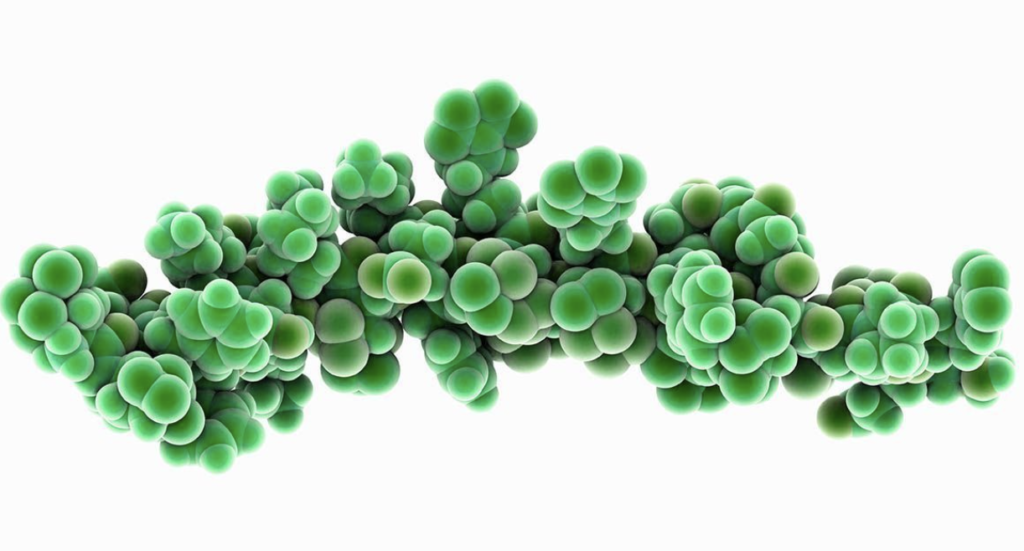Antimicrobial peptides are nature’s way of safeguarding against pathogens. As part of innate immunity systems, they are found universally, from humans to plants to the most obscure marine organisms. This guide will delve into the rich diversity and vital roles of these peptides across various life forms.
Understanding Antimicrobial Peptides
Antimicrobial peptides, commonly abbreviated as AMPs, are short amino acid sequences with potent pathogen-fighting abilities. These peptides are far-reaching, found in bacteria, viruses, fungi, and much more, with over 2,600 types identified so far.
Types of Antimicrobial Peptides Based on Origin
Microorganisms-Derived AMPs
Bacterial Origin
Known as bacteriocins, these peptides emerge from bacterial metabolism and have unique biochemical traits. They contain cationic amino acid chains that can be either hydrophobic or amphiphilic. Based on their biochemical properties, bacteriocins are sorted into Class I, II, and III. Class I bacteriocins are also known as thioether antibiotics and are heat-resistant with molecular masses less than 5 ku.
Viral Origin
Viruses, specifically lentiviruses, also produce a unique type of antimicrobial peptides, often located in the C-terminal sequences of HIV-1 transmembrane proteins. These peptides exhibit toxicity against both cells and microorganisms.
Plant-Derived AMPs
Plants synthesize antimicrobial peptides as a defense against bacterial and plant pathogens. Thionins and defensins are most commonly found, alongside lipid transfer proteins and cell-penetrating peptides. Their chemical characteristics, including disulfide bonds and positive charges, often make them effective against cellular membranes of pathogens.
Insect-Derived AMPs
Insects produce AMPs as part of their hemolymph, the insect equivalent of blood. Roughly 200 such peptides have been isolated, falling into different categories based on their mode of action and amino acid sequence.
Amphibian-Derived AMPs
Amphibians, owing to their moist habitats, have evolved a robust system of AMPs. These peptides are crucial to the amphibians’ survival, activating in situations of stress, trauma, or other triggers. Their structural characteristics place them into two broad categories: cyclic peptides and linear peptides with an alpha-helical structure.
Mammalian AMPs
Mammals, including humans, also produce AMPs as a part of their first line of defense. Located in mucosal cells, neutrophils, and skin, these peptides primarily fall into the categories of defensins and cathelicidins.
Marine AMPs
Marine animals, particularly fish, also secrete AMPs, mostly in their mucus layer. This serves as a frontline defense, acting rapidly against invading pathogens. Marine antimicrobial peptides are unique, as they operate differently compared to other immune systems.
Wrapping Up
Antimicrobial peptides are more than just tiny sequences of amino acids; they are complex molecules with a broad range of roles, offering a fascinating glimpse into the intricate defense mechanisms that nature has devised. Whether they originate from microorganisms, plants, insects, amphibians, mammals, or marine life, each type of AMP brings something unique to the table in the battle against pathogens.
This article was written by a peptide professional from Domestic Peptides. Looking for the Best Place To Buy Peptides Online? Well, look no further. Welcome to Domestic Peptides where you’ll find a huge selection of Research Peptides for sale and Research Chemicals for Sale, all made in the USA.
About Author
You may also like
-
Why Implantable Collamer Lens Surgery is a Game-Changer for Eye Care in London
-
Lift Your Look: Face Lifting Techniques for Youthful Skin
-
Your Comprehensive Guide to NDIS Plan: Tips and Advice
-
What to Expect During a Physio-Osteo Session
-
Customising First Aid Kits: Tailoring Supplies to Meet Unique Needs and Requirements


